Eco Easter Fringed Iris – 2-Pack Of Quart Pots
$39.97 Original price was: $39.97.$27.98Current price is: $27.98.
SKU: D2LSC 269386082 Category: FRAGRANT PLANTS
- Protect Your Information, Shop with Safe Payments
- Friendly, efficient service, always online.
- Secure Shopping with Safe Payments
- Buy with confidence, backed by quality.

Eco Easter Fringed Iris
Iris japonica ‘Eco Easter’
Plant Details
USDA Plant Hardiness Zones: 7a-10b Find Your Zone
Plant Type: Perennial
Height at Maturity: 12-15″
Width at Maturity: 24″+
Spacing: 18″ for mass plantings
Spacing: 18″ for mass plantings
Growth Habit / Form: Spreading, Dense
Growth Rate: Moderate to Fast
Flower Color: Lavender-Blue
Flower Size: 2″
Flowering Period: Early to Mid-Spring
Flower Type: Single Iris
Fragrant Flowers: Yes, lightly
Foliage Color: Green
Fragrant Foliage: No
Berries: No
Berry Color: No
Sun Needs: Morning Sun with Afternoon Shade, Dappled Shade, Shade
Water Needs: Average
Soil Type: Clay (amended), Loam, Sandy, Silt
Soil Moisture / Drainage: Moist But Well-Drained
Soil pH: 6.0 – 8.0 (Slightly Acid to Slightly Alkaline)
Maintenance / Care: Low
Attracts: Butterflies, Visual Attention
Resistances: Deer, Disease, Heat, Humidity, Insect
Description
Selected for its increased hardiness (USDA Zone 7a-10b) and flower power, the Eco Easter is an easy-to-grow evergreen Iris that produces abundant sprays of absolutely beautiful and dainty lavender-blue flowers with a yellow throat and purple markings on the fringed petals. Plants grow to maybe 15 inches tall and spread by underground rhizomes to form a dense patch of attractive foliage consisting of strap-like green leaves. A true beauty, unlike many iris that prefer the sun, this one prefers life on the shady side.
Landscape & Garden Uses
Growing 12 to 15 inches tall and spreading 2 feet or more, the Eco Easter is a spreading Iris that is ideal for use in groupings or as a groundcover in shady garden beds and landscape borders. Also suitable for containers. A fine addition to Asian theme gardens, butterfly gardens, cottage gardens, perennial gardens, rock gardens, and blue color theme gardens.
Suggested Spacing: 18 inches apart for mass plantings; 6 feet or more for space between plants
How To Measure Total Square Feet Of A Planting Area
How Many Plants Needed To Cover A Planting Area?
Note: For our customers who live and garden north of USDA Plant Hardiness Zone 8b, where the White African Iris is not reliably winter hardy, you’ll be happy to know it can be grown in containers that can be brought indoors during winter and placed back outside when temperatures warm up in spring.
Growing Preferences
The Eco Easter Fringed Iris is easy to grow in most any moist but well-drained soil of average fertility and shade to dappled shade. Morning sun is okay. They don’t mind poor soils, but will not grow in salty soils. Once established, they tolerate dry soil conditions, but do best with in a moist soil. Maintenance is minimal.
Plant Long & Prosper!
Meet The Wilson Brothers & Staff
Questions? Contact Us!
Be the first to review “Eco Easter Fringed Iris – 2-Pack Of Quart Pots” Cancel reply
Related products
Sale!
FRAGRANT PLANTS
Sale!
Sale!
FRAGRANT PLANTS
Sale!
FRAGRANT PLANTS
Sale!
FRAGRANT PLANTS
Sale!
FRAGRANT PLANTS
Sale!
FRAGRANT PLANTS
Silver Leaf Mountain Mint (Pycnanthemum Incanum) – 1 Gallon Pot
Sale!
FRAGRANT PLANTS

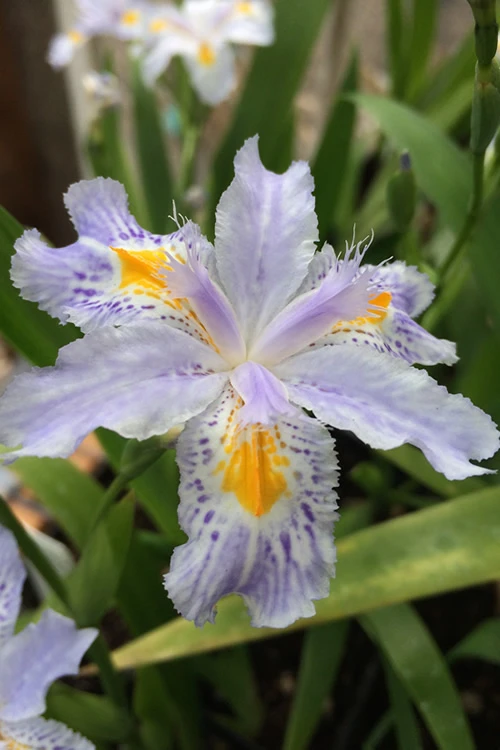

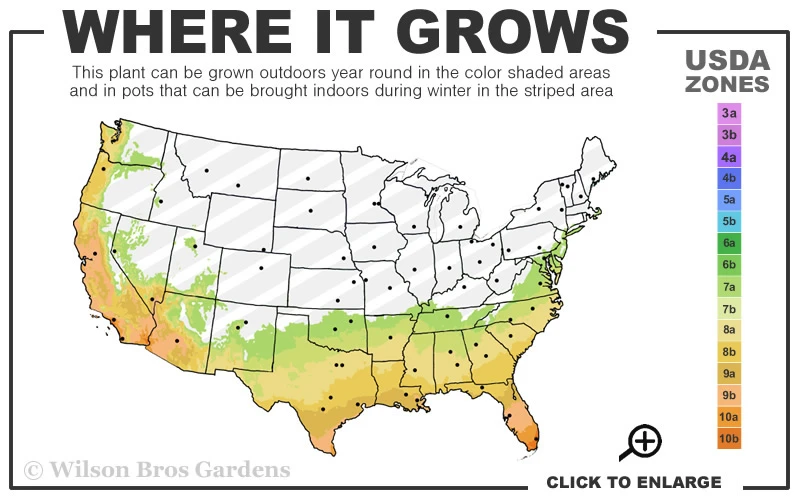

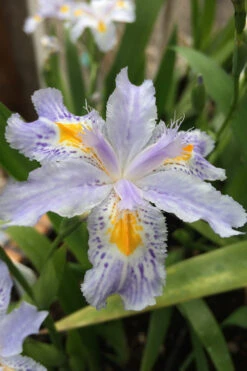
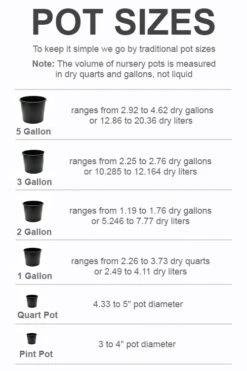

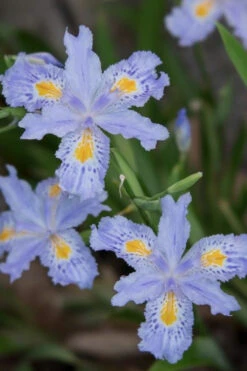
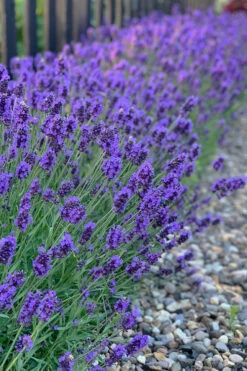


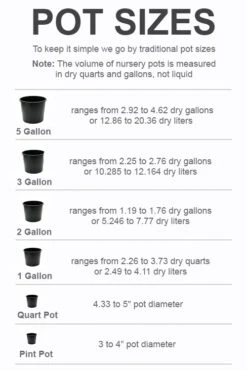

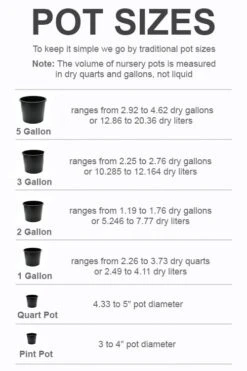
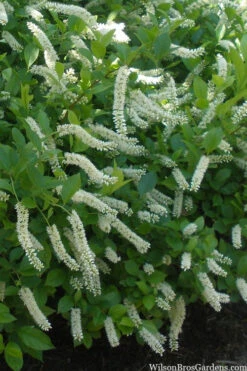
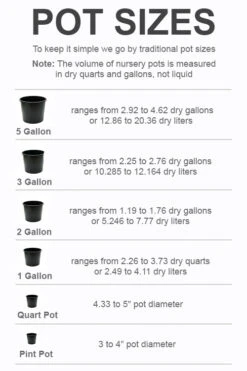


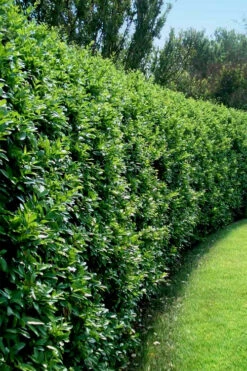
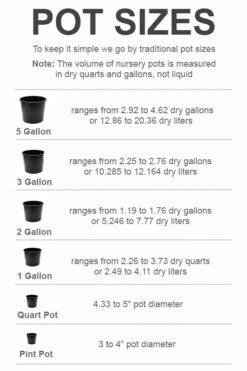

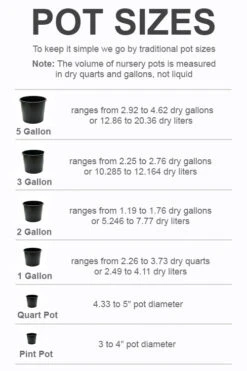
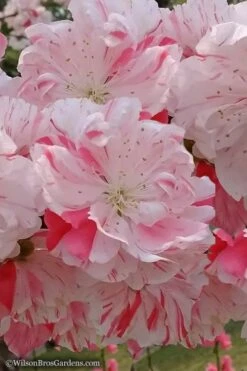
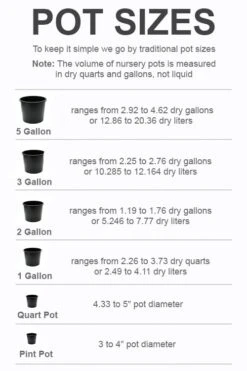
Reviews
There are no reviews yet.